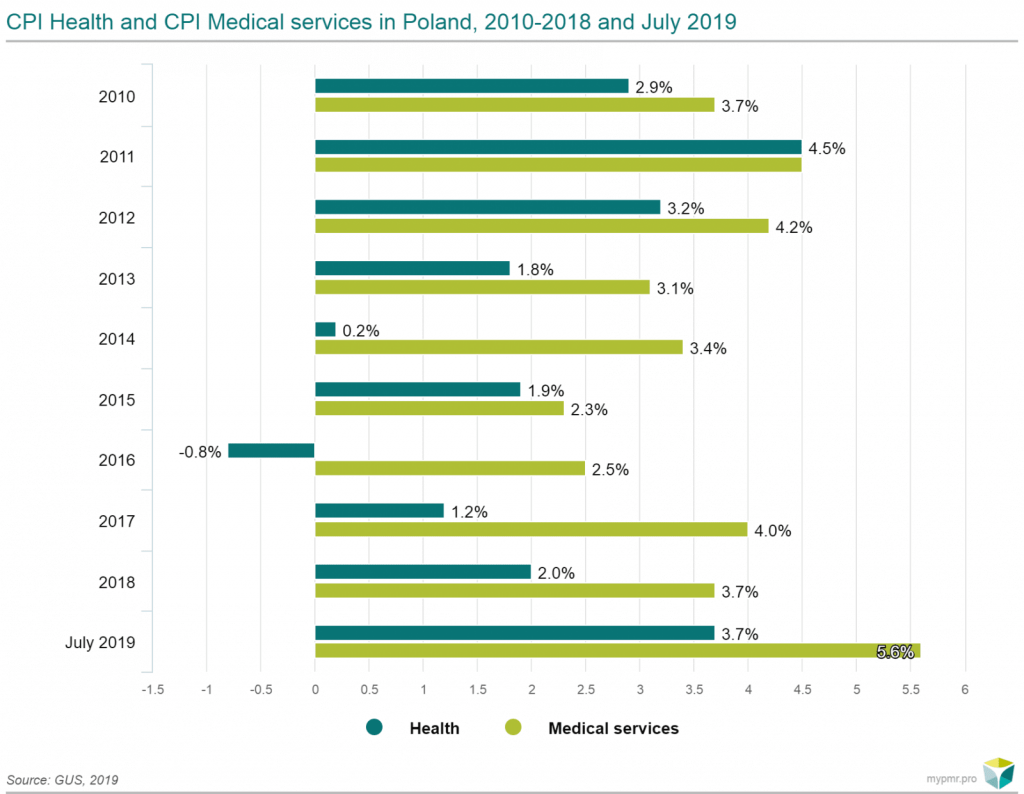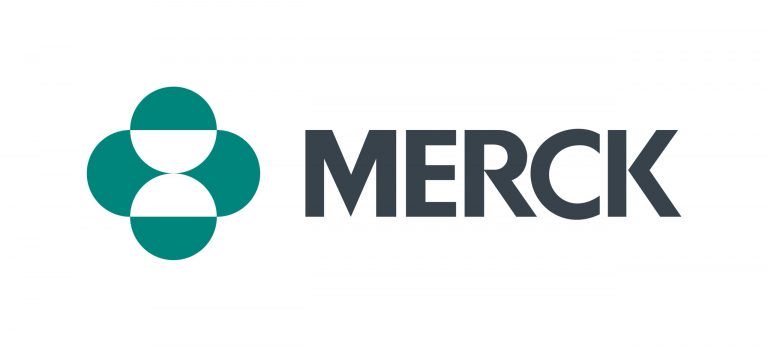Prices of medical services in Poland are rising very fast

Ten post jest także dostępny w języku:
![]() polski
polski
According to the latest GUS data, in July 2019 the inflation rate in the medical services segment was as high as 5.6%. This is the highest monthly growth since 2002. Rising prices of medical services are a permanent element of the Polish economy, but Michał Bundyra, Lead Econometrician at PMR, recalls.
Inflation of medical services: 5.6%
The main inflation rate was 2.9% in July 2019. In the “Health” segment prices grew faster than in the whole market, by 3.7%, which was one of the higher rates among all sectors. Higher inflation was recorded only in the segments of food and non-alcoholic beverages (6.8%) and restaurants and hotels (4.4%).
The price increase is even faster for medical services. In July, the inflation rate of this indicator amounted to 5.6%. According to next.gazeta.pl, this is the highest monthly increase in this index since 2002. For comparison, the inflation rate for dental services was 3.5%, and for hospital and sanatorium services – 2%. In the whole of 2018, the inflation rate in the “Health” category was 2%, but for medical services it was 3.7%. Apart from medical, dental, hospital and sanatorium services, the health index also includes pharmaceutical products and therapeutic appliances and equipment.

The difference between medical services inflation and total inflation is no longer shocking
The acceleration of prices in recent years has been caused by the good economic situation, especially rising wages and new social transfers. – Growing household incomes have translated into higher demand and, in general, faster price increases for services. This phenomenon is characteristic for fast developing countries at the middle level of development, such as Poland – explains Michał Bundyra, Lead Econometrician at PMR. At the same time, a stronger increase in prices of medical services is probably due to structural factors. These include a relatively small increase in the number of medical employees and problems faced by the public health care sector in Poland. An important long-term factor that will continue to drive price increases will be demographic changes – the growing share of older people in the population, who are a key group of consumers of health goods and services.
It is worth noting that rising prices of medical services are a permanent element in the Polish economy – the price inflation of medical services has not fallen below 2% y/y in the decade to come. – Although the current level is record high (5.6% y/y), the difference between it and total inflation is not so shocking. In May, it amounted to 2.7 p.p., while in the peak deflation period (late 2014 and early 2015) this difference exceeded as much as 4 p.p. – adds Bundyra.






